The Complete Flossing Guide: How to Floss Properly for Optimal Oral Health
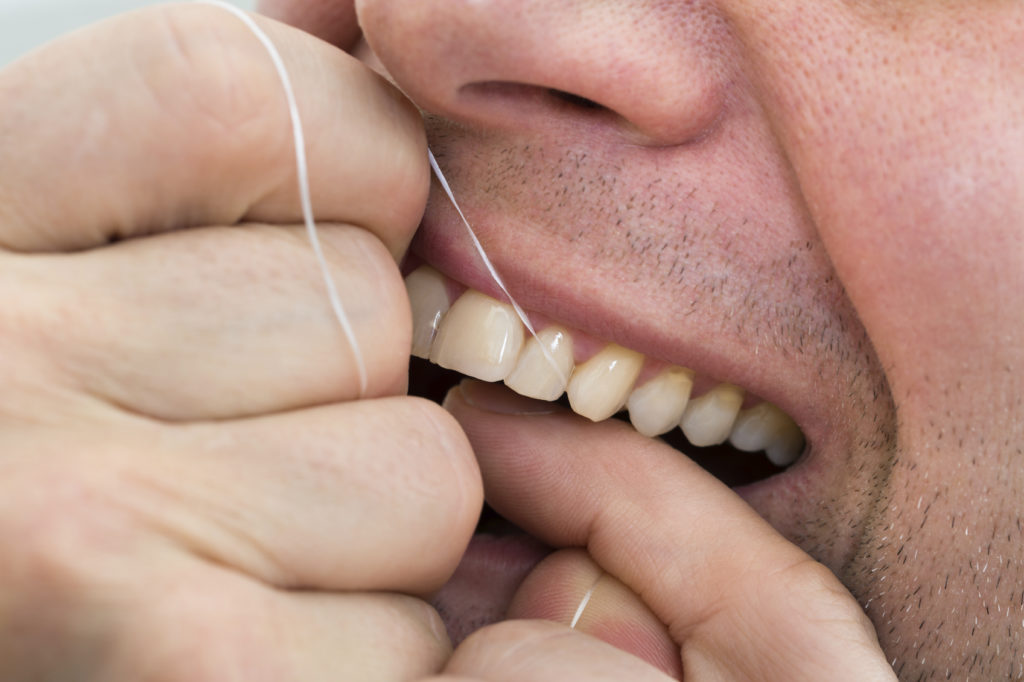
Introduction: Why Flossing Is Just as Important as Brushing
Flossing is often the unsung hero of oral hygiene. While brushing cleans the surfaces of your teeth, flossing targets the tight spaces between them and under the gumline, where plaque and food debris often get trapped. Neglecting to floss can lead to cavities, gum disease, and bad breath, even if you’re brushing twice a day. In this comprehensive guide, we’ll dive into the benefits of flossing, proper techniques, and the different types of flossing tools available.
Why Flossing is Crucial for Oral Health
While brushing your teeth is important, it only cleans about 60% of your tooth surfaces. The remaining 40%—between your teeth and below your gumline—requires flossing to remove debris and plaque that toothbrush bristles can’t reach. Without flossing, plaque can harden into tartar, leading to:
- Cavities: Plaque between your teeth produces acids that erode enamel, causing cavities.
- Gum Disease: Plaque buildup near the gumline can inflame and irritate gums, leading to gingivitis or more serious periodontal disease.
- Bad Breath: Bacteria and trapped food particles between your teeth can cause unpleasant odors.
Flossing daily can significantly reduce your risk of these oral health issues and help you maintain a clean, fresh mouth.
How to Floss Properly: Step-by-Step Guide
Flossing correctly is essential to get the full benefit of this habit. Follow these steps to ensure you’re cleaning between your teeth effectively:
1. Start with 18 Inches of Floss
Unwind about 18 inches of floss and wind most of it around each middle finger, leaving about 1-2 inches between your fingers.
2. Hold the Floss Tightly
Use your thumbs and index fingers to grasp the floss firmly, leaving a small amount of floss exposed for cleaning between teeth.
3. Gently Guide the Floss Between Your Teeth
Carefully slide the floss between your teeth using a gentle sawing motion. Be cautious not to snap the floss into your gums, as this can cause irritation or bleeding.
4. Curve the Floss Around Each Tooth
Once the floss is between your teeth, curve it into a “C” shape against one tooth and gently slide it up and down along the tooth and below the gumline.
5. Move to a Clean Section of Floss
As you move from tooth to tooth, unwind fresh floss from one finger and wind the used section onto the other finger. This ensures that you’re using clean floss between each tooth.
6. Don’t Forget the Back Teeth
Make sure to floss the back of your last molars, as food particles and plaque can easily get trapped there, leading to decay and gum disease.
Pro Tip: If you’re new to flossing or struggle with the technique, try practicing in front of a mirror to make sure you’re doing it right.

Common Flossing Mistakes to Avoid
Even with the best intentions, many people make mistakes when flossing. Here are some common errors to watch out for:
- Flossing Too Aggressively: Snapping the floss between your teeth or pressing too hard against your gums can cause bleeding and damage to your gum tissue. Be gentle and take your time.
- Not Flossing the Entire Tooth: It’s important to curve the floss around the tooth and clean below the gumline. Simply sliding the floss straight between teeth won’t remove all the plaque.
- Skipping Teeth: Some people floss only the front teeth, but bacteria can accumulate between every tooth, including those in the back.
- Using the Same Section of Floss: Always move to a clean section of floss to avoid spreading plaque and bacteria between teeth.
Types of Dental Floss: Choosing the Right One for You
Not all dental floss is the same, and what works for one person might not work for another. Here’s a breakdown of the different types of floss and their benefits:
1. Waxed Floss
- Pros: Waxed floss glides more easily between teeth, especially if your teeth are tightly spaced. The wax coating makes it less likely to shred or break.
- Cons: Some people find waxed floss to be too thick, which can make it harder to maneuver between very tight teeth.
2. Unwaxed Floss
- Pros: Unwaxed floss is thinner and may be easier to slide between teeth that are very close together.
- Cons: It can fray or break more easily than waxed floss.
3. Dental Tape
- Pros: This type of floss is broader and flatter than traditional floss, making it a good choice for people with wider spaces between their teeth or those with dental appliances like braces or bridges.
- Cons: It may be harder to use in very tight spaces.
4. Floss Picks
- Pros: Floss picks come with a pre-threaded section of floss on a small plastic handle, making them convenient and easy to use, especially for people who struggle with traditional flossing techniques.
- Cons: Because you use the same small section of floss for your entire mouth, floss picks are less hygienic than traditional floss.
5. Water Flossers (Oral Irrigators)
- Pros: Water flossers use a stream of water to clean between your teeth and below your gumline. They are ideal for people with braces, dental work, or those who find traditional floss difficult to use.
- Cons: Water flossers can be more expensive and less portable than other types of floss.
Pro Tip: If you’re unsure which type of floss is best for you, consult with your dentist. They can recommend the best option based on your individual needs and oral health.
When and How Often Should You Floss?
The American Dental Association (ADA) recommends flossing once a day. You can floss either before or after brushing, but the key is consistency. Flossing at night before bed is a good practice, as it ensures that your mouth is clean before you sleep and helps remove any food particles from the day.
If you’ve just eaten a particularly sticky or fibrous meal (like popcorn or steak), you may also want to floss afterward to remove food debris.
Flossing with Braces, Bridges, and Dental Implants
People with braces, bridges, or dental implants may need special tools and techniques to floss effectively. Here’s what you should know:
Braces
- Orthodontic Floss Threaders: These small tools help guide floss under the wires of braces so you can clean between your teeth properly.
- Water Flossers: A water flosser can be a helpful tool for cleaning around brackets and wires.
Bridges and Implants
- Super Floss: Super floss is designed for people with bridges or dental implants. It has a stiff end that helps guide the floss under the bridge, followed by a spongy middle section that cleans around the implant or under the bridge.
- Interdental Brushes: These small brushes can also help clean between teeth and around dental work.

The Benefits of Flossing for Gum Health
Gum health is just as important as maintaining cavity-free teeth. Regular flossing helps prevent gum disease by removing plaque that builds up along the gumline. Here’s how flossing improves your gum health:
- Reduces Inflammation: Flossing removes plaque that can cause your gums to become red, swollen, and inflamed.
- Prevents Gum Disease: By cleaning between your teeth and below the gumline, flossing helps prevent gingivitis and more severe forms of gum disease like periodontitis.
- Promotes Overall Health: Gum disease has been linked to various systemic health conditions, including heart disease, diabetes, and respiratory issues. Flossing helps protect not just your oral health but your overall health as well.
To learn more about the connection between gum health and overall well-being, check out our comprehensive guide to gum health.
Conclusion: Build a Flossing Habit for Life
Flossing is one of the simplest yet most effective ways to protect your teeth and gums from decay and disease. While it might take some time to get used to, flossing daily will pay off in the long run by helping you maintain a healthy, clean mouth.
Pair your flossing routine with proper brushing techniques by reading our tooth brushing guide to keep your smile in top shape.
FAQs
1. How often should I floss my teeth?
You should floss at least once a day to remove plaque and food particles from between your teeth.
2. Is it better to floss before or after brushing?
It doesn’t matter whether you floss before or after brushing, as long as you do it daily.
3. Can flossing damage my gums?
If done too aggressively, flossing can irritate your gums. Be gentle and use a smooth, sawing motion to avoid injury.
References
- American Dental Association. “Flossing: It’s Not Just for Your Teeth.” Retrieved from www.ada.org.
- Mayo Clinic. “How to Floss Your Teeth.” Retrieved from www.mayoclinic.org.
- National Institutes of Health. “Oral Health Tips for a Lifetime.” Retrieved from www.nih.gov.


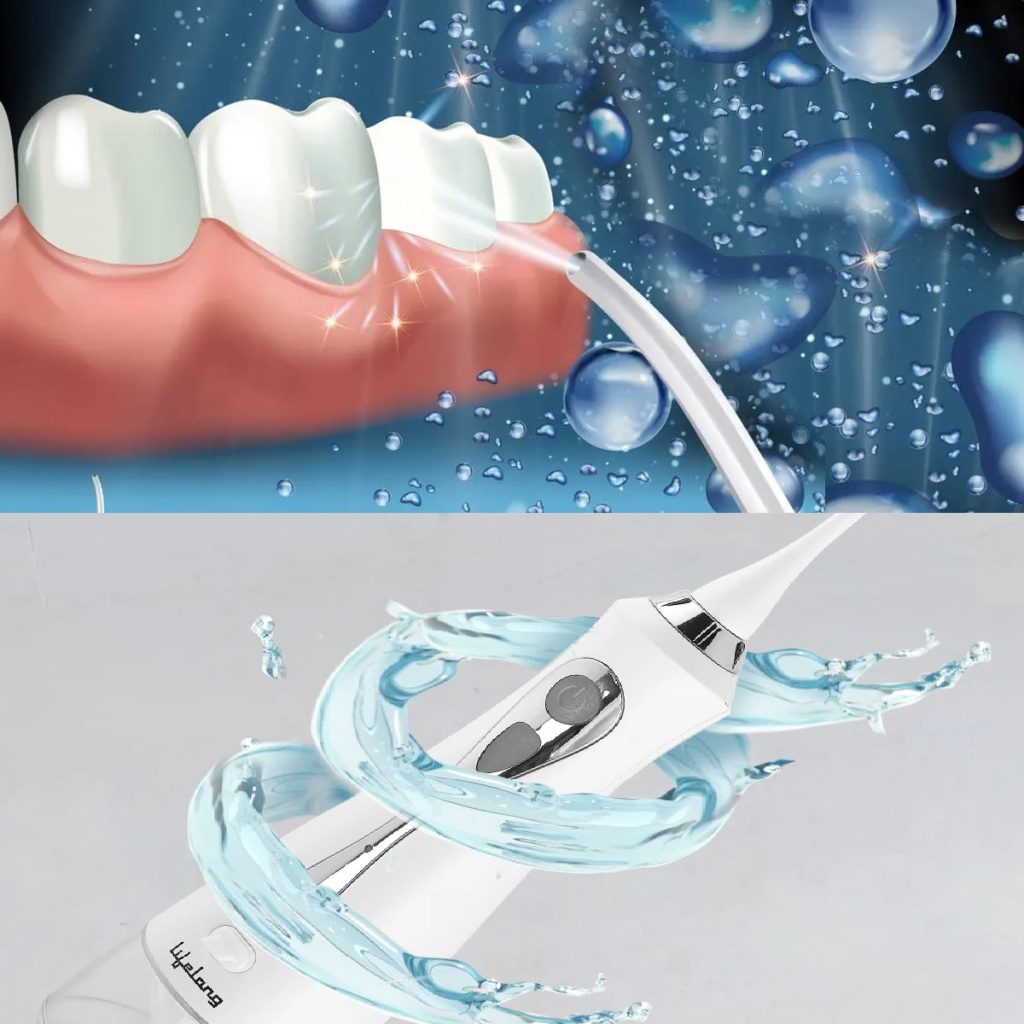
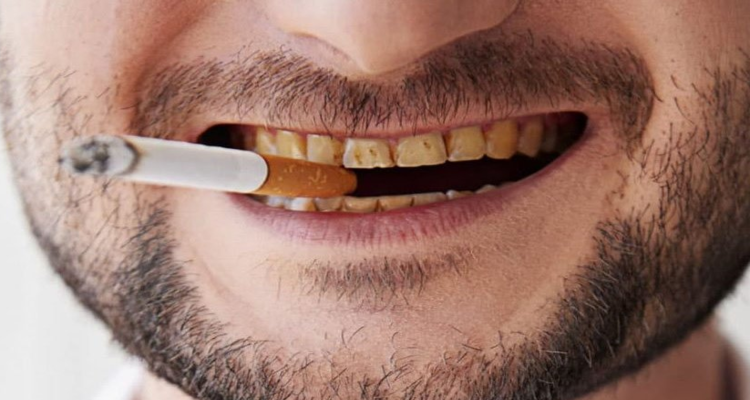
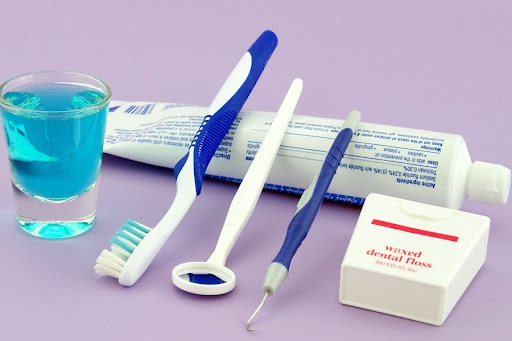
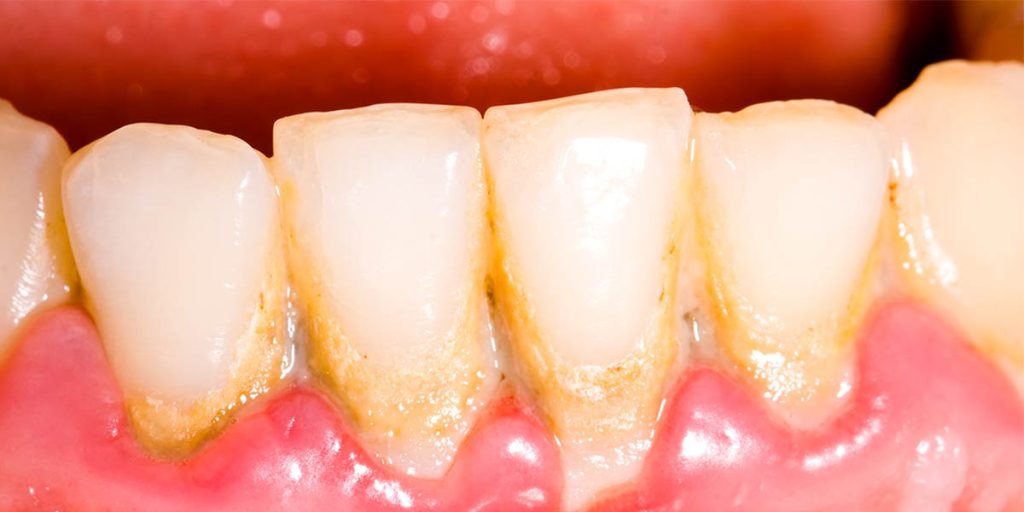
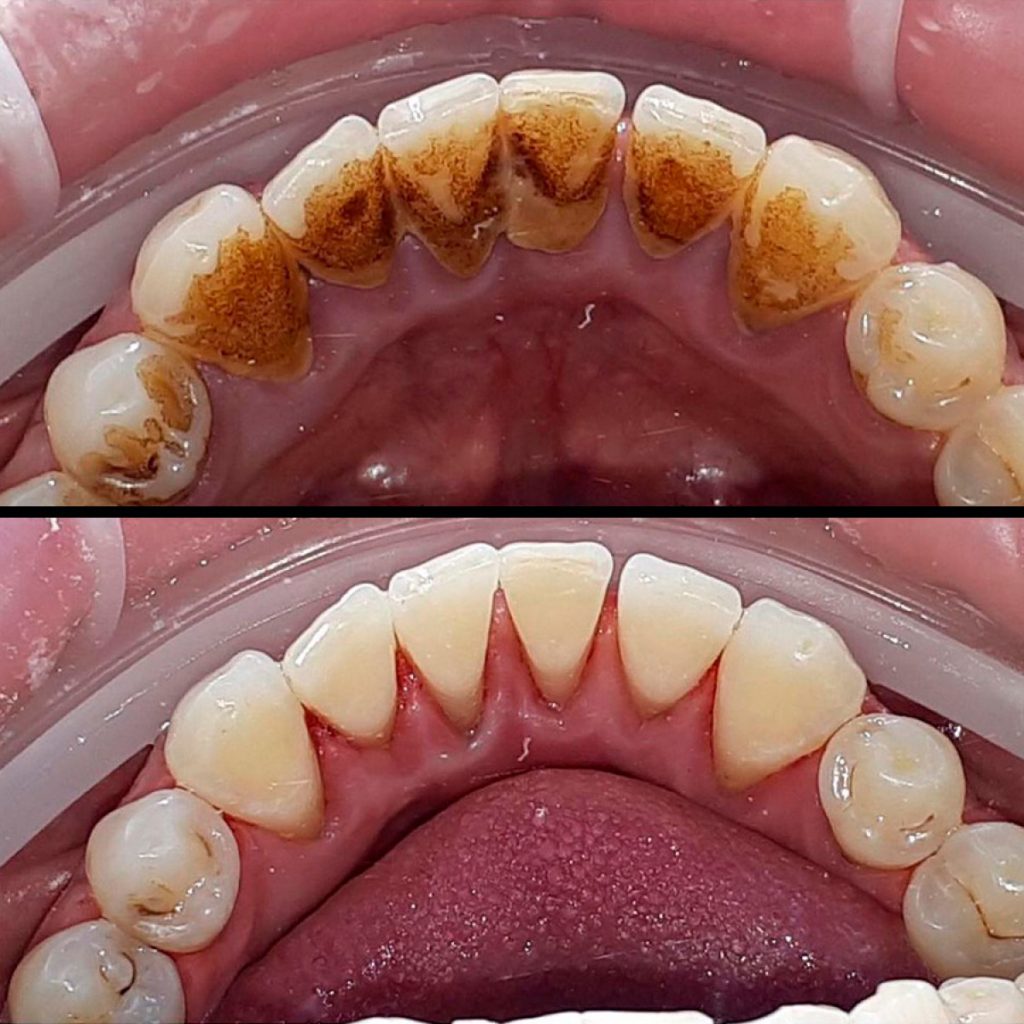

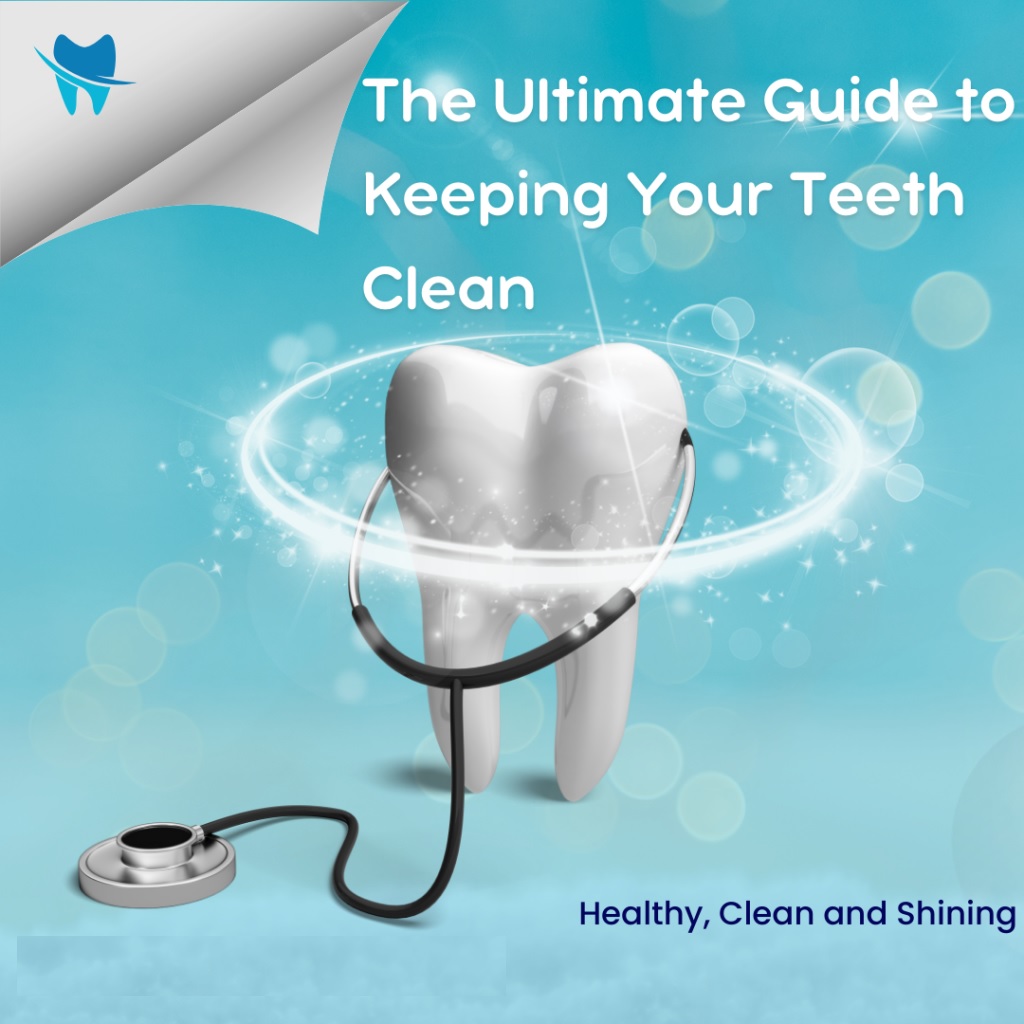

0 Comments on “The Complete Flossing Guide: How to Floss Properly for Optimal Oral Health”